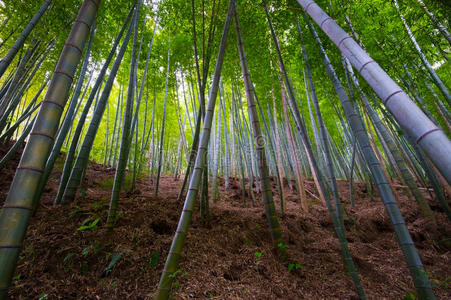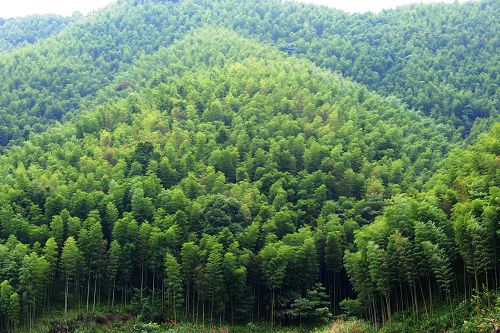In the heart of China’s diverse landscapes lies a botanical marvel that has fascinated generations: bamboo. Renowned for its strength, versatility, and rapid growth, bamboo holds a special place in Chinese culture and ecology. Understanding its distribution across the vast expanse of China unveils a complex tapestry of biodiversity, cultural heritage, economic significance, and diverse applications.
China’s diverse climate and topography offer a multitude of habitats for bamboo to flourish. From the dense forests of Sichuan to the subtropical regions of Yunnan, bamboo thrives in a range of environments. The southwestern provinces of Sichuan, Yunnan, and Guizhou boast some of the highest bamboo species diversity in the country, with over 200 species recorded. These regions benefit from ample rainfall, fertile soils, and a mild climate, providing ideal conditions for bamboo growth.
In the eastern provinces of Zhejiang, Fujian, and Anhui, bamboo forests dominate the landscape, contributing to the region’s rich biodiversity. The towering culms of Moso bamboo (Phyllostachys edulis) form dense groves that provide habitat for countless species of flora and fauna. These forests play a crucial role in maintaining soil stability, preventing erosion, and regulating water flow in river basins.
Beyond its ecological importance, bamboo holds deep cultural significance in China. Revered as a symbol of resilience, integrity, and prosperity, bamboo features prominently in Chinese art, literature, and folklore. The graceful curves of bamboo leaves inspire poets and artists, while its sturdy stems symbolize endurance in the face of adversity.
Moreover, bamboo plays a vital role in sustaining local economies across China. From traditional handicrafts to modern construction materials, bamboo products contribute to a wide range of industries. Rural communities rely on bamboo cultivation for livelihoods, with millions of people engaged in harvesting, processing, and trading bamboo products.
The versatile applications of bamboo further enhance its value. In construction, bamboo is used for scaffolding, flooring, and even as a sustainable alternative to traditional timber. In the textile industry, bamboo fibers are prized for their softness, breathability, and antibacterial properties. Additionally, bamboo extracts are utilized in traditional medicine for their purported health benefits, ranging from treating infections to improving digestion.
However, the widespread cultivation of bamboo also poses challenges to sustainability and conservation efforts. Unsustainable harvesting practices, habitat fragmentation, and invasive species threaten the delicate balance of bamboo ecosystems. Conservation initiatives aim to address these issues by promoting sustainable management practices, restoring degraded habitats, and raising awareness about the importance of preserving bamboo biodiversity.
In conclusion, the distribution of Chinese bamboo reveals a complex interplay of ecological, cultural, and economic factors, and versatile applications. As stewards of this invaluable resource, it is essential to prioritize conservation efforts to ensure the continued prosperity of bamboo forests, the communities that depend on them, and the myriad industries that benefit from their diverse applications.
Post time: Apr-29-2024








